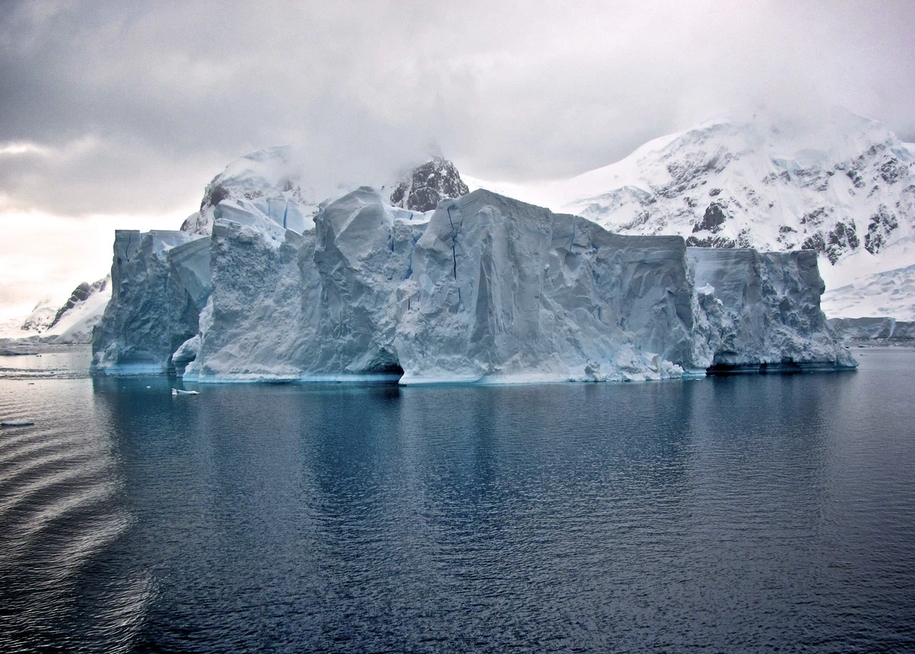A big iceberg approaching the size of Greater London has broken away from the Antarctic, close to Britain's Halley research station. Surface instruments on the Brunt Ice Shelf confirmed the split.
There is currently no-one in the base, so there is no risk to human life. The British Antarctic Survey has been operating Halley in a reduced role since 2017 because of the imminent prospect of a calving.
The berg has been measured to cover 1,270 sq km. Halley is positioned just over 20km from the line of rupture. BAS has an array of GPS devices on the Brunt. These relay information about ice movements back to the agency's HQ in Cambridge.
Officials will be inspecting satellite imagery when it becomes available. They will want to see that no unexpected instabilities emerge in the remaining ice shelf platform that holds Halley.
Prof Adrian Luckman has been tracking satellite images of the Brunt in recent weeks and predicted the calving. "Although the breaking off of large parts of Antarctic ice shelves is an entirely normal part of how they work, large calving events such as the one detected at the Brunt Ice Shelf on Friday remain quite rare and exciting," he said.
"With three long rifts actively developing on the Brunt Ice Shelf system over the last five years, we have all been anticipating that something spectacular was going to happen. Time will tell whether this calving will trigger more pieces to break off in the coming days and weeks.
“At Swansea University we study the development of ice shelf rifts because, while some lead to large calving events, others do not, and the reasons for this may explain why large ice shelves exist at all," he said.
